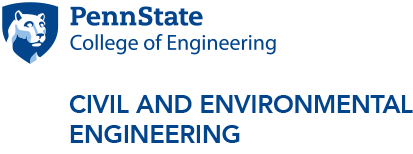State of the Art and New Developments in Drought Research
Abstract
In this presentation, we highlight key lessons learned following a career within drought research. A period that coincides with an increasing awareness of drought as a natural hazard at the local, regional, and continental scale. It is also a period when the influence of global change (human intervention and climate change) on the hydrological cycle, water resources and extremes, became prominent and the research focus shifted from more traditional hydrological analysis to the detection, attribution, and projection of the global change signal on hydrology. Moreover, with disaster risk reduction more prominently on the international agenda, drought research also broadened to drought risk analysis, including socio-economic aspects, such as exposure, coping capacity, vulnerability, and adaptation.
When analyzing drought and its wide range of impacts, it is important to distinguish between the different types of droughts, and when analyzing changes and trends, it is important to distinguish between natural variability and changes due to climate change or human interventions. How drought is defined and perceived in different sectors and regions across the world, influences the choice of methodology and how the results are interpreted and communicated. In this talk, we will reflect on the importance of drought terminology and an awareness of the diversity in drought behavior - within and among regions – in drought studies.
These aspects will be illustrated with key examples from the literature and accompanied by new developments in drought research, including analysis of drivers of drought development and termination, prediction of drought risk and impacts, influence of human activities on drought, drought vulnerabilities and responses, and socio-hydrological modelling of drought.
Bios
Dr. Lena M. Tallaksen is professor in hydrology at the Department of Geosciences, University of Oslo, Norway. She received her doctoral degree in 1991 at the Department of Physical Geography, University of Oslo, on the topic of low flow hydrology. Since then, low flow and drought research has been her prime interest, addressing a wide range of drought aspects - from drivers to impacts. She is among other joint editor of the 2nd edition of a textbook on ‘Hydrological Drought’ published last year by Elsevier, with the first edition available online at the European Drought Centre website. Her work has benefitted from collaborative research within the international FRIEND network (an UNESCO-IHP initiative), and her research focuses on Europe, although not limited to.
Anne Van Loon is an associate professor in drought risk at the Institute for Environmental Studies (IVM) at VU Amsterdam in the Netherlands. She is a hydrologist and interdisciplinary drought risk scientist by training. Before starting in Amsterdam, Anne was Assistant Professor at the University of Birmingham in the UK and did a PhD on drought propagation and a postdoc on drought impacts, both at Wageningen University in the Netherlands. With a group of PhDs and postdocs, Anne is working on the interactions between drought and society, including drought risk analysis and socio-hydrological modelling of drought adaptation, on continental and global scales and in case studies in Kenya, Peru and the Netherlands. She is also the founder of the successful IAHS Panta Rhei Drought in the Anthropocene network and vice-president of IAHS International commission on Human-Water Feedbacks.
Event Contact: Li Li



